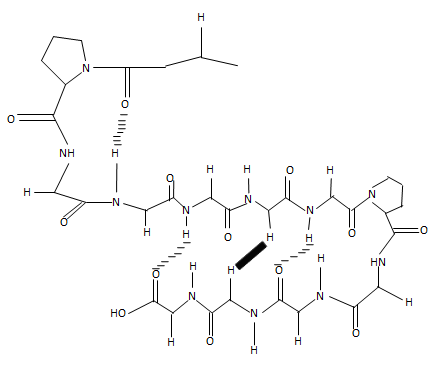Inflammation has long been studied in Alzheimer's, but in a counterintuitive finding reported in a new paper, University of Florida researchers have uncovered the mechanism by which anti-inflammatory processes may trigger the disease.
This anti-inflammatory process might actually trigger the build-up of sticky clumps of protein that form plaques in the brain. These plaques block brain cells' ability to communicate and are a well-known characteristic of the illness.
The finding suggests that Alzheimer's treatments might need to be tailored to patients depending on which forms of Apolipoprotein E, a major risk factor for Alzheimer's disease, these patients carry in their genes.
The researchers have shown that the anti-inflammatory protein interleukin 10, or IL-10, can actually increase the amount of apolipoprotein E, or APOE, protein -- and thereby plaque -- that accumulates in the brain of a mouse model of Alzheimer's, according to the study, published online today (Jan. 22) in the journal Neuron.

